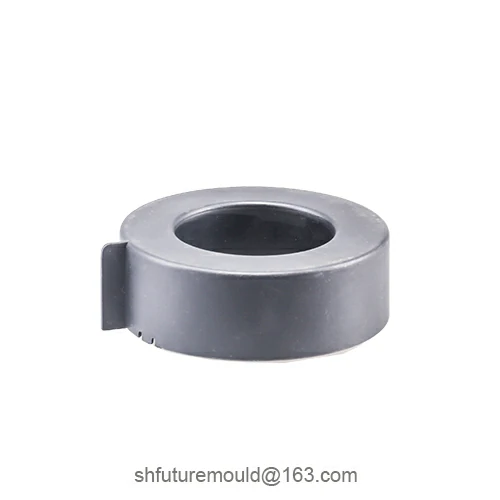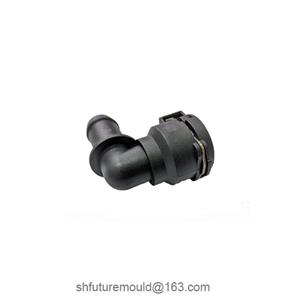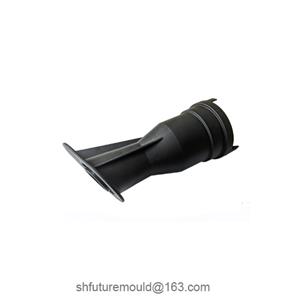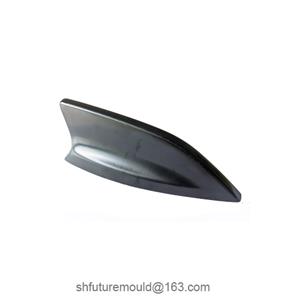How to Inspect and Accept Injection Mold Bases
The inspection and acceptance of injection mold bases are critical steps before mold assembly and manufacturing, directly impacting mold precision, service life, and production stability. Hidden defects or dimensional deviations in the mold base can lead to issues such as difficult mold clamping, ejection jamming, or even product scrap during mass production.
I. Standardized Inspection Process for Mold Bases
1. Incoming Inspection
Verify mold base specifications and material certificates (e.g., DME #2525, LKM 3030) against purchase orders.
Inspect for surface defects such as rust, scratches, or cracks, especially in critical areas like guide pins/bushings and ejector pin holes.
2. Pre-Assembly Precision Testing
Use a coordinate measuring machine (CMM) to check plate flatness, hole coordinates, and guide pin perpendicularity.
Validate the smooth movement of the ejection system and ensure ejector plate travel matches design requirements.
3. Post-Trial Inspection
Monitor mold base deformation under clamping force (e.g., measure deflection of A/B plates using strain gauges).
Inspect lubrication of guide pins/bushings under high-temperature conditions to prevent seizure caused by thermal expansion.
II. Six Core Inspection Items for Mold Bases
1. Dimensional Accuracy Verification
The flatness of Plates: Check with precision straightedges and feeler gauges; flatness ≤ 0.02mm/m for A/B plates.
Hole Position Tolerance: Position deviation of return pins and ejector pin holes ≤ ±0.01mm; guide pin/bushing hole coaxiality ≤ φ0.015mm.
Closed Height: Total mold base height deviation from drawings ≤ 0.05mm.
2. Material and Hardness Testing
Material Authenticity: Verify steel grades (e.g., S50C, P20) using a spectrometer to prevent material substitution.
Hardness Distribution: Test with a Leeb hardness tester; plate surface hardness must reach HRC28-32; guide pins HRC58-62.
3. Fit and Motion Performance
Guide Pin/Bushing Fit: Manual sliding test must show no jamming; unilateral clearance 0.01–0.015mm.
Ejection System: Ejector plate sliding resistance in support pillars ≤ 5N; retain 2–3mm buffer gap at the end of travel.
4. Cooling/Venting Channel Inspection
Water Channel Leak Test: Apply 0.6MPa water pressure for 15 minutes; no leakage with flow deviation < 5%.
Vent Slot Depth: Measure with a step gauge; depth 0.03–0.05mm (insufficient depth causes gas traps; excessive depth leads to flash).
5. Standard Component Verification
Confirm specifications of tie rods, support pillars, and limit blocks (e.g., DME-standard cup-head screws M12×1.75).
Check the clarity of datum corner marks and ensure datum holes are pre-drilled (typically 2×∅8mm dowel holes).
6. Documentation and Marking Integrity
Review factory reports (including heat treatment records and NDT reports), focusing on tempering cycles and hardness uniformity.
Verify engraved mold base information (brand, model, batch number) for traceability.




